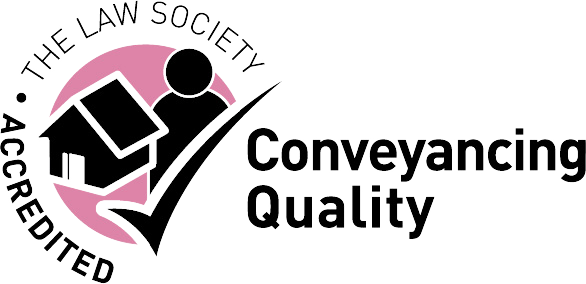;In professional services, trust is essential. Clients rely on professionals like lawyers, doctors, architects, or accountants for expert advice and high-standard services. But what happens when these professionals fail, causing harm to their clients? This is where professional negligence claims come into play. In this blog, we’ll explore the intricacies of professional negligence, including liability, defences, and remedies.
Understanding Professional Negligence
Professional negligence occurs when a professional fails to fulfill their duties competently, resulting in harm or loss to their client. The standard of care varies based on the profession and circumstances. Generally, professionals must meet a standard equal to a reasonably skilled practitioner in their field.
Elements of Professional Negligence
To prove professional negligence, plaintiffs must establish key elements. These include:
- Duty of Care: The professional owes the client a duty of care, requiring reasonable skill, care, and diligence in service provision.
- Breach of Duty: The professional breached this duty by failing to meet the required standard of care.
- Causation: There is a direct causal link between the breach of duty and the harm suffered by the client.
- Damages: The client suffered actual harm or losses as a result of the professional’s negligence.
Common Defences Against Professional Negligence Claims
When faced with allegations of professional negligence, practitioners often use various defences. These include:
- Lack of Duty
- Absence of Breach
- Proximate Cause
- Contributory Negligence
- Statute of Limitations
Available Remedies for Professional Negligence
When a professional is found liable for negligence, various remedies may be available to compensate the injured party. These remedies typically aim to restore the client to the position they would have been in had the negligence not occurred. Common remedies include:
Monetary Damages: Compensation covers financial losses from negligence like lost income, medical expenses, or property damage, including economic (like medical bills) and non-economic damages (like pain and suffering).
Non-Monetary Damages: Compensation for intangible losses, such as pain and suffering, emotional distress, or loss of consortium. These damages are intended to address the emotional and psychological impact of the negligence.
Injunctive Relief: Court orders requiring the professional to cease certain actions or to take specific corrective measures to prevent further harm. Injunctive relief may be appropriate in cases where ongoing or future harm is at risk.
Punitive Damages: Additional monetary awards intended to punish the professional for egregious misconduct and deter similar behavior in the future. Punitive damages are typically awarded in cases where the professional’s actions were particularly reckless or egregious.
In Summary
Navigating these claims can be complex. Understanding the elements of negligence, common defences, and available remedies is crucial for resolving such claims effectively. The legal system promotes trust and integrity in professional services by ensuring accountability, standards, and fair compensation for injured parties. Reach out to one of our lawyers today for assistance: Contact Us.



